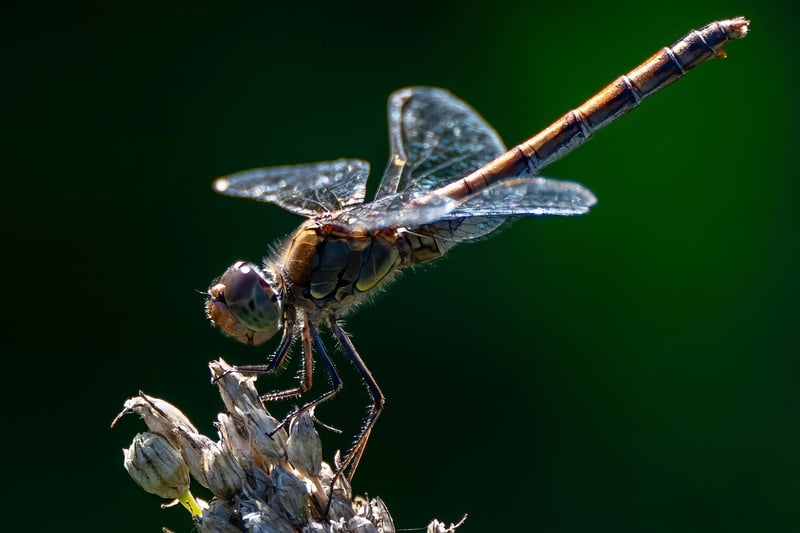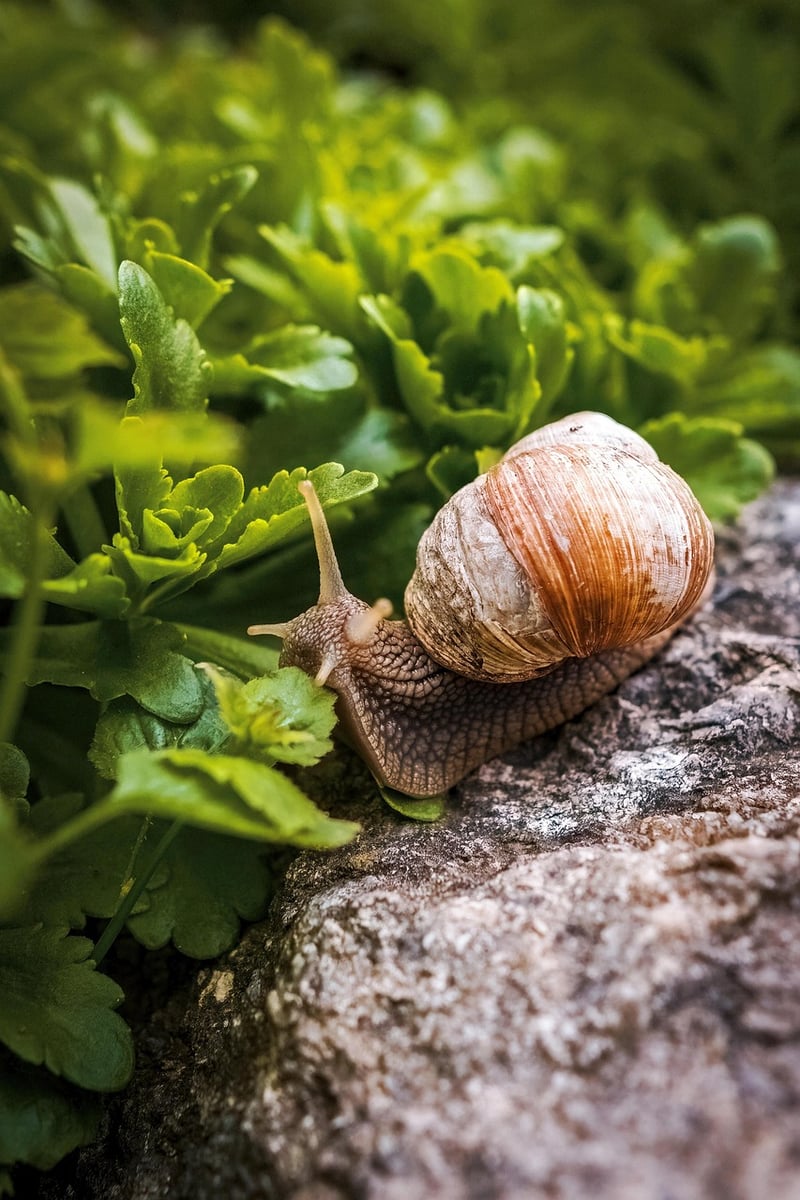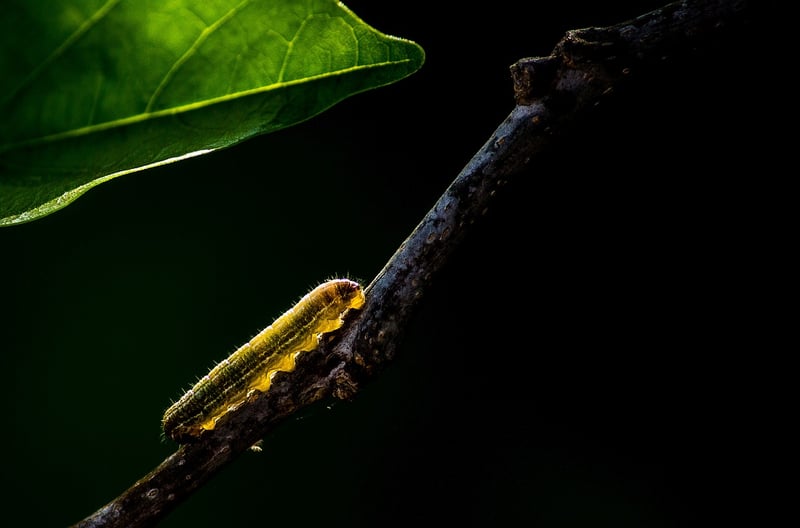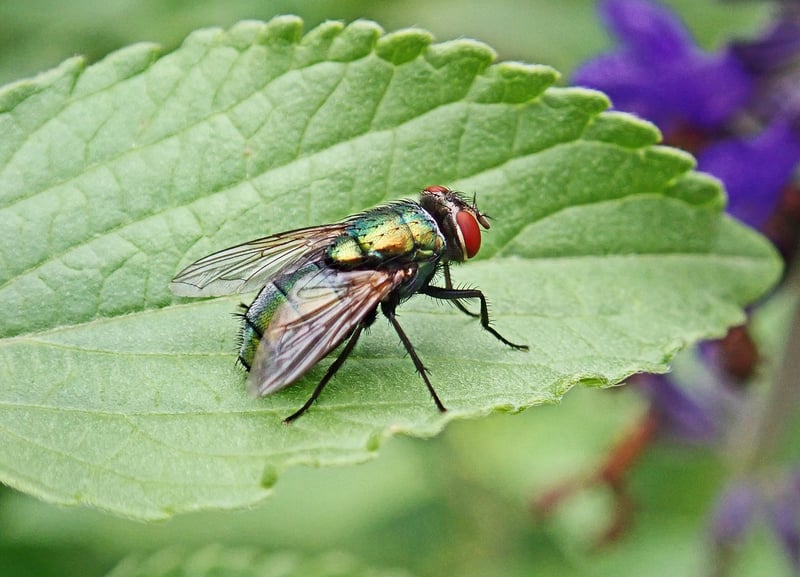Identifying Pests
Protecting Your Plants from Pests
Keeping your plants healthy and thriving involves protecting them from various pests that can damage or destroy your beloved greens. By implementing preventive measures and learning to identify common pests, you can ensure your plants stay pest-free and vibrant. Here's a guide to help you protect your plants and identify potential threats.
Preventive Measures:
- Inspect new plants before bringing them home to prevent introducing pests.
- Maintain good soil health and proper drainage to keep plants strong and resilient.
- Practice crop rotation to prevent the buildup of pest populations in the soil.
- Encourage beneficial insects like ladybugs and lacewings that prey on harmful pests.
- Use physical barriers like row covers to protect plants from flying insects.
- Avoid over-fertilizing, as it can attract pests to your plants.
Identifying Common Pests:
Here are some common pests that may threaten your plants:
Aphids

Aphids are small, soft-bodied insects that feed on plant sap, causing yellowing leaves and stunted growth.
Whiteflies

Whiteflies are tiny, moth-like insects that suck plant juices, leading to wilting and yellowing of leaves.
Slugs and Snails

Slugs and snails are mollusks that feed on plant leaves, leaving large holes and silvery slime trails.
Caterpillars

Caterpillars are the larval stage of butterflies and moths that chew on leaves, causing extensive damage.
By familiarizing yourself with these pests and implementing preventive measures, you can protect your plants and ensure a thriving garden. Remember to monitor your plants regularly for signs of infestation and take prompt action to mitigate any pest problems.
Happy gardening!
